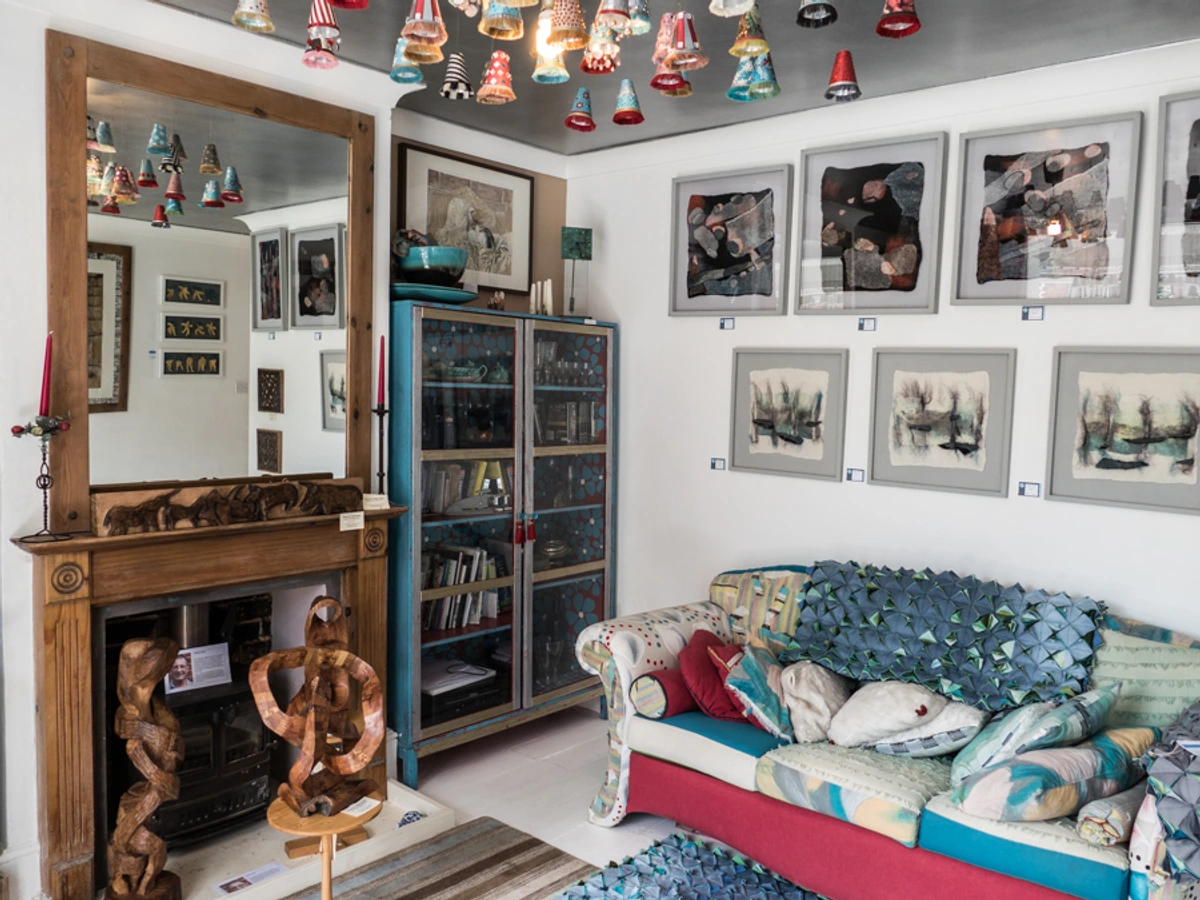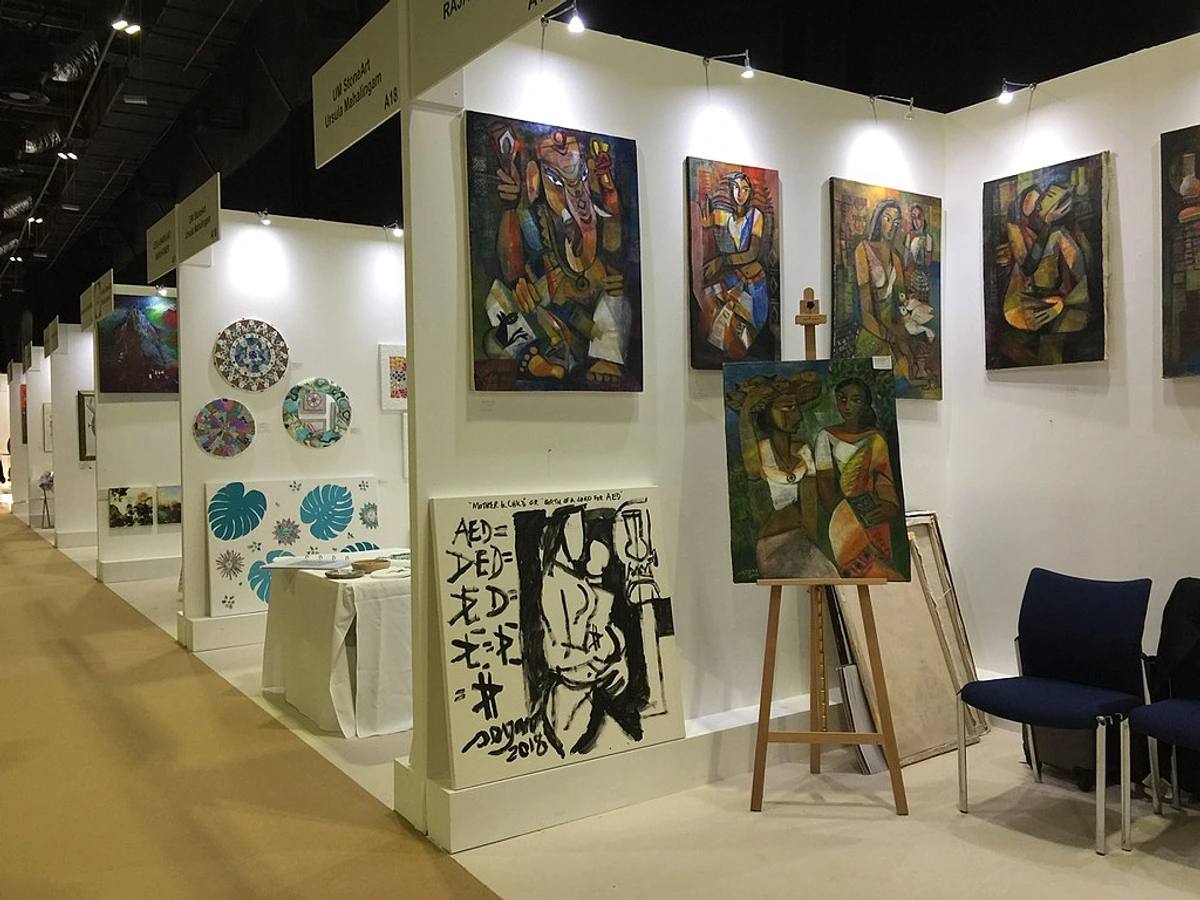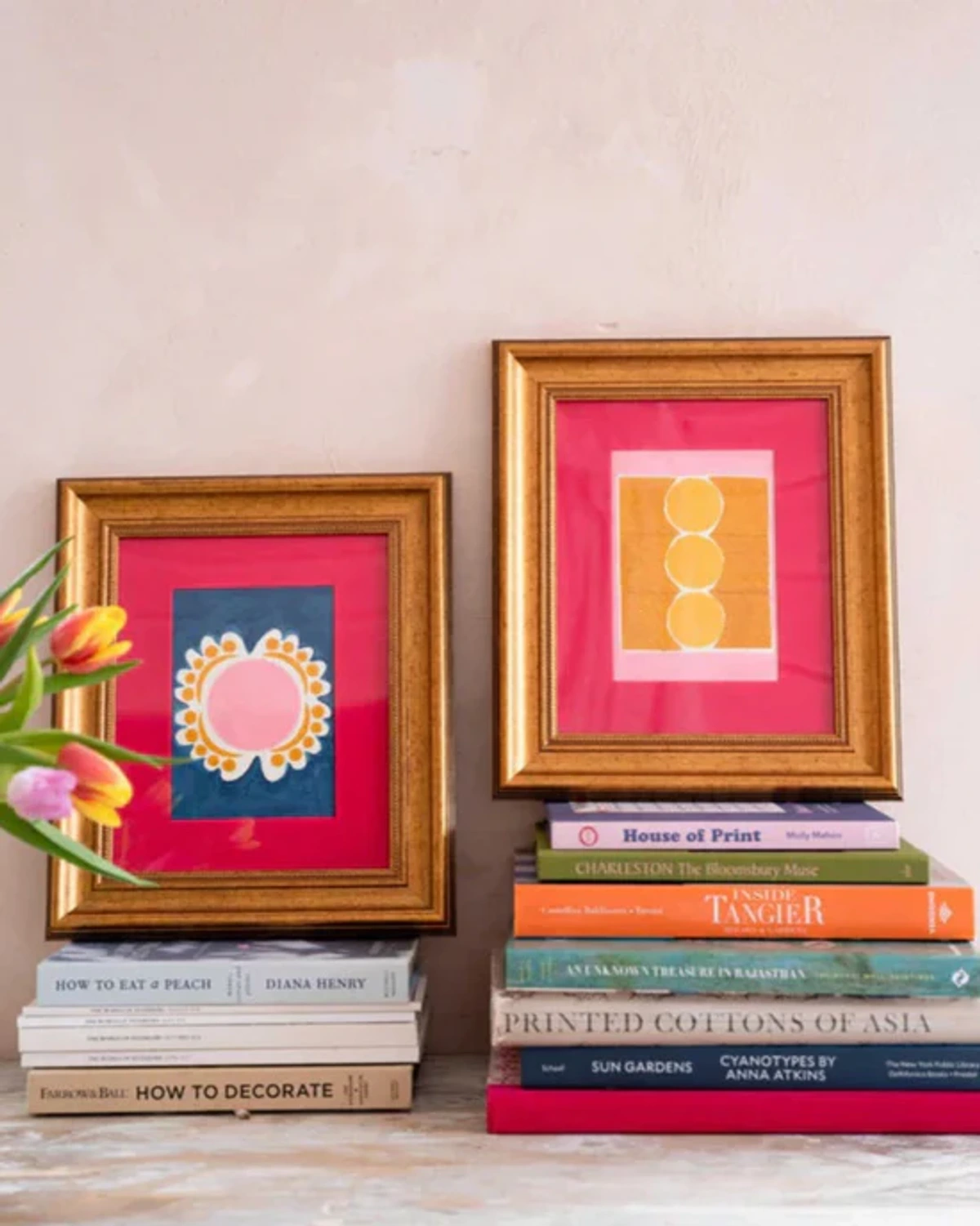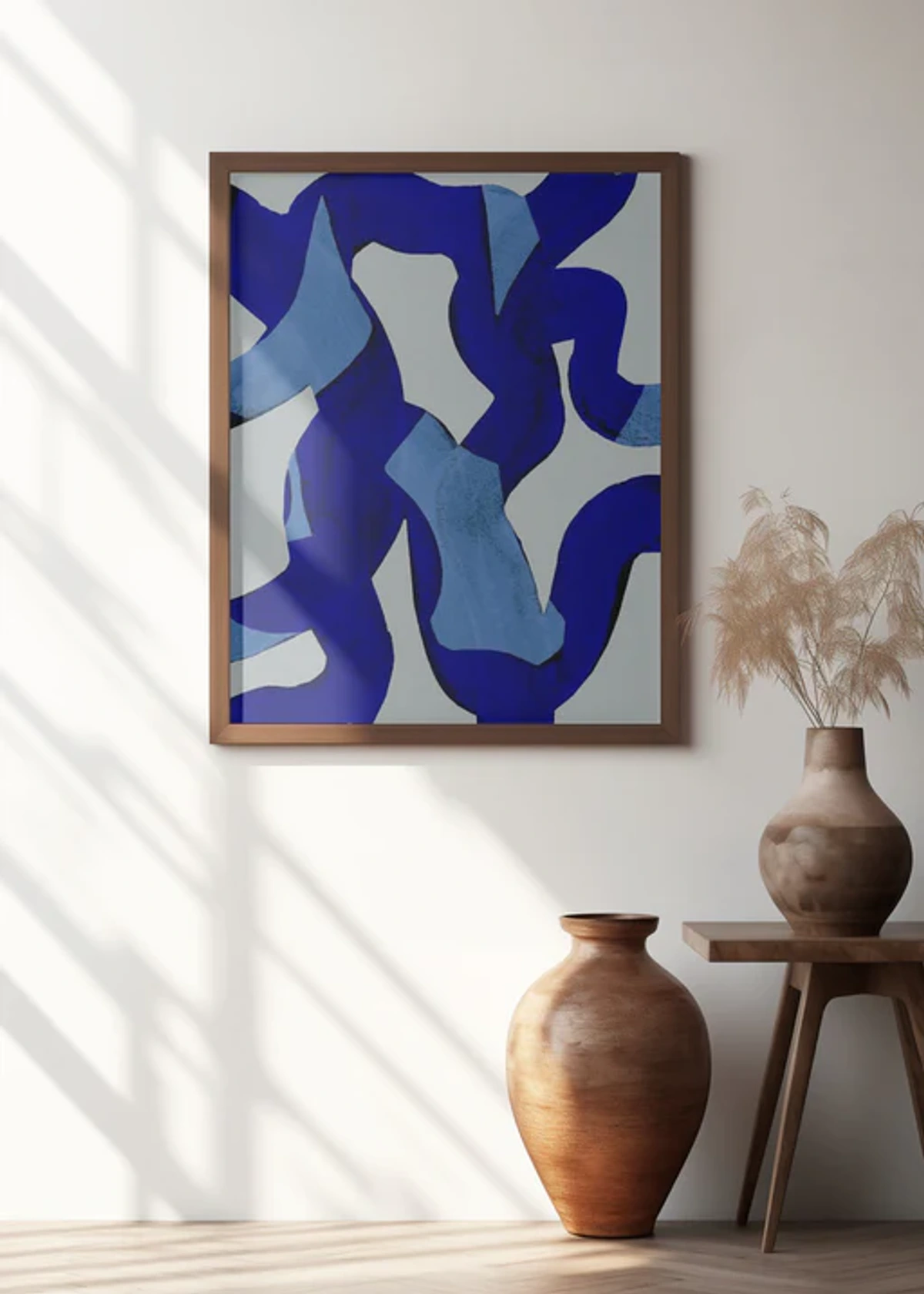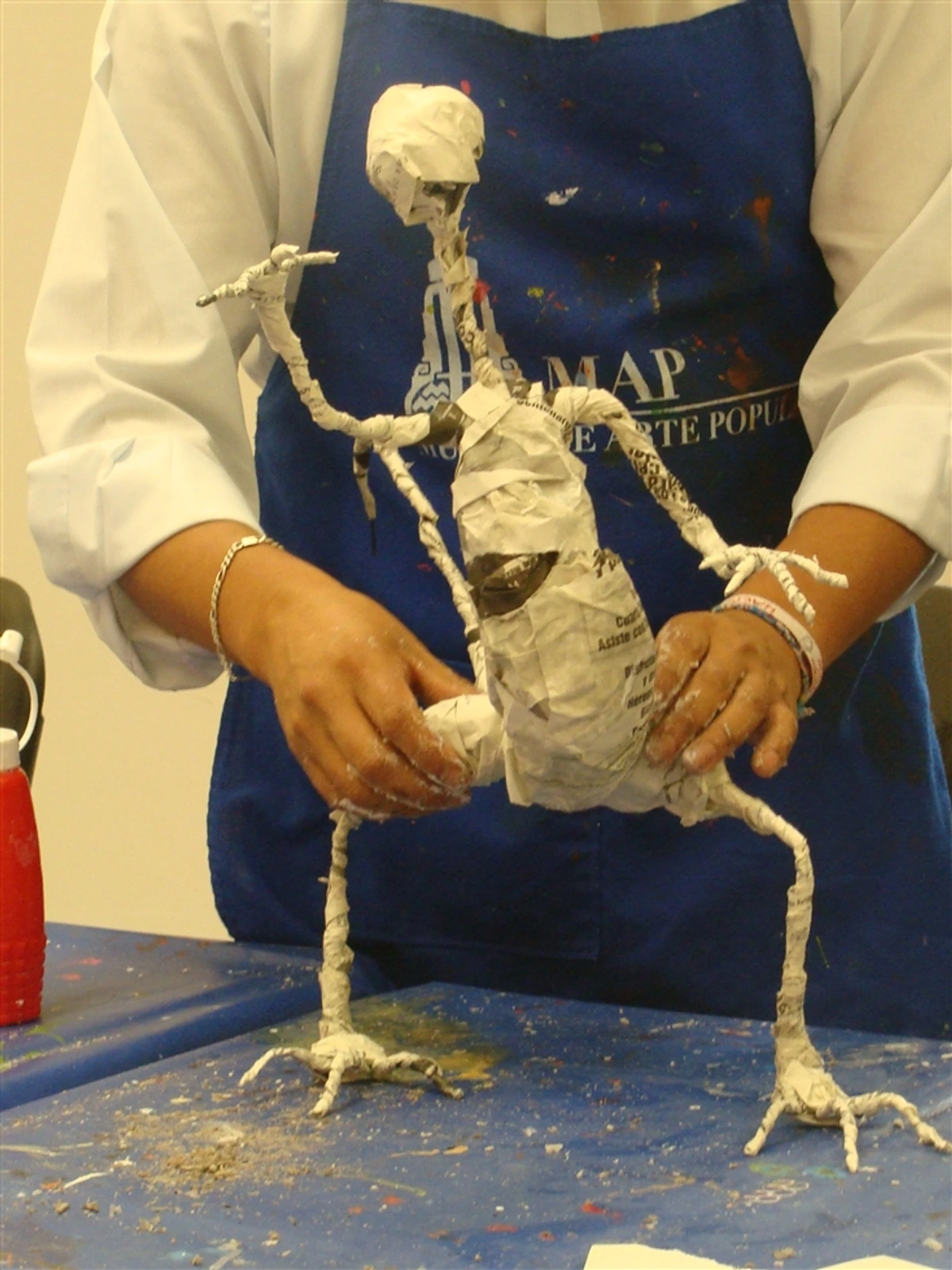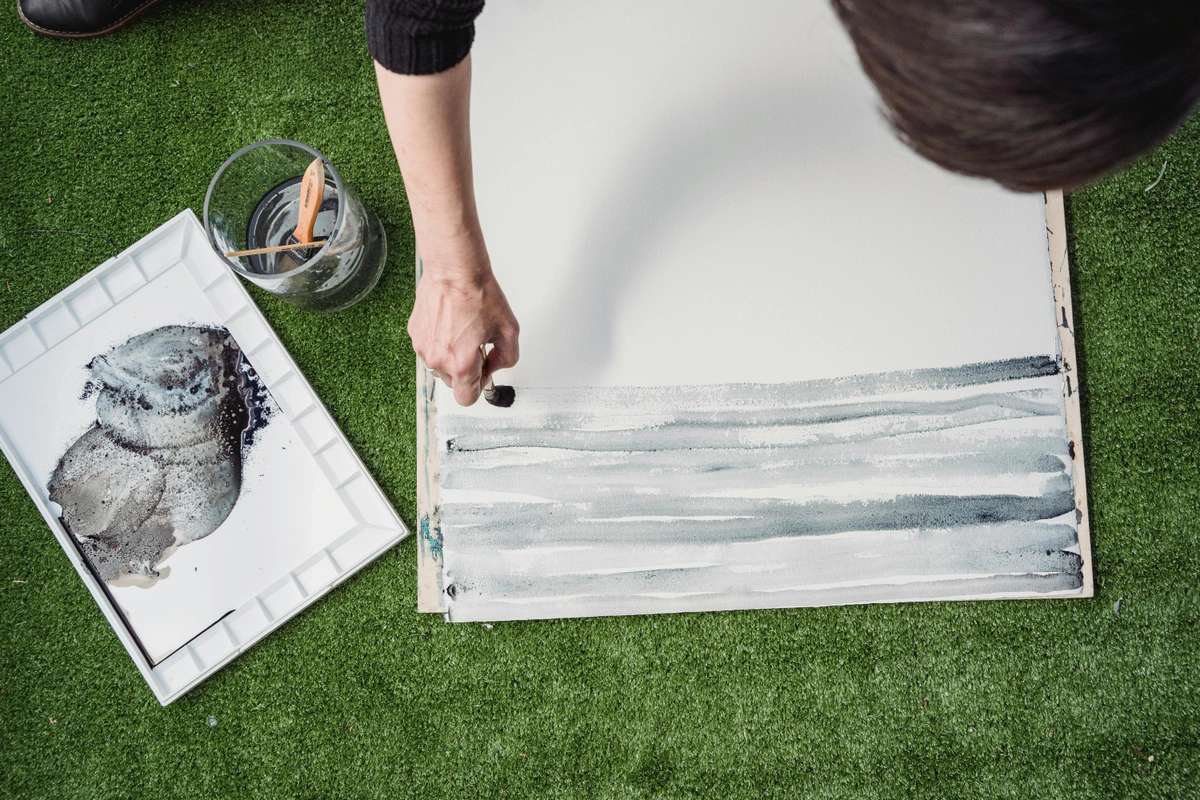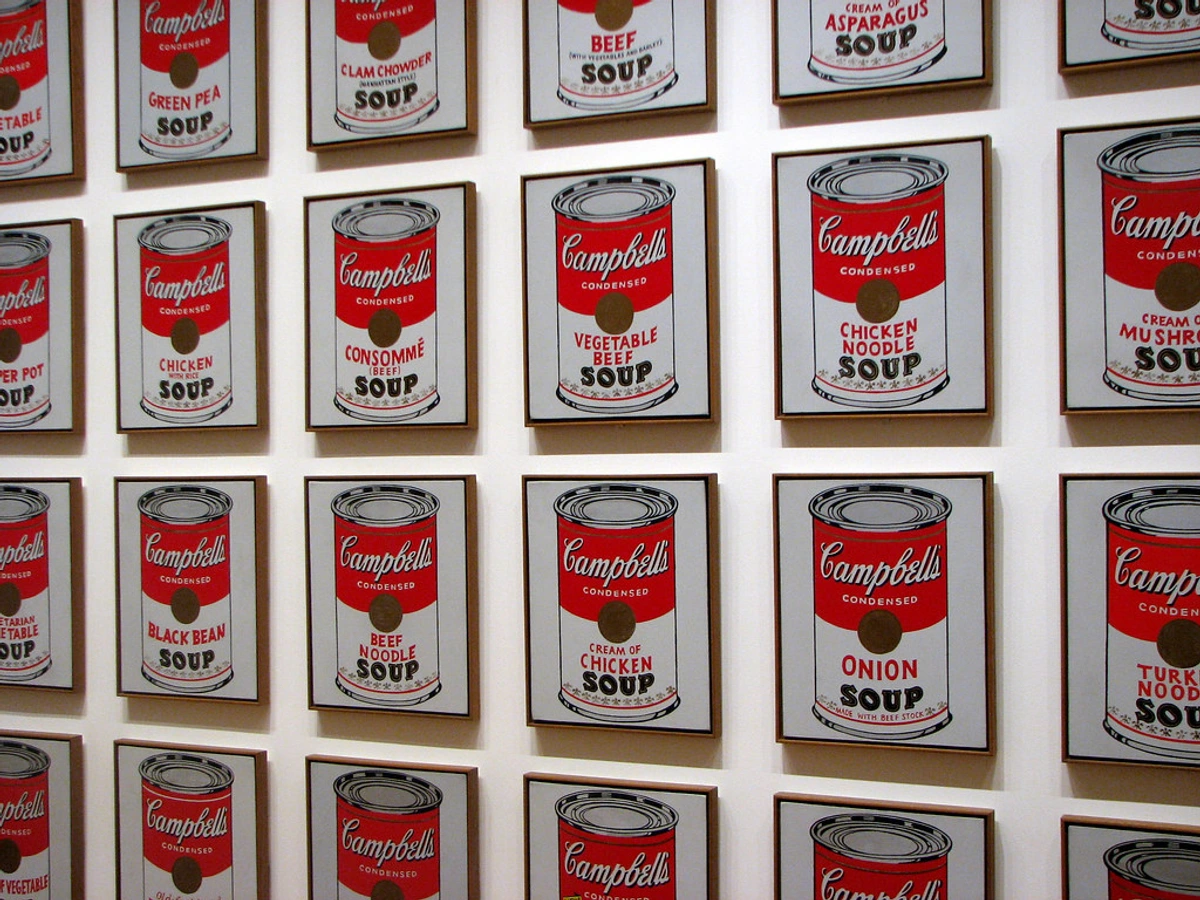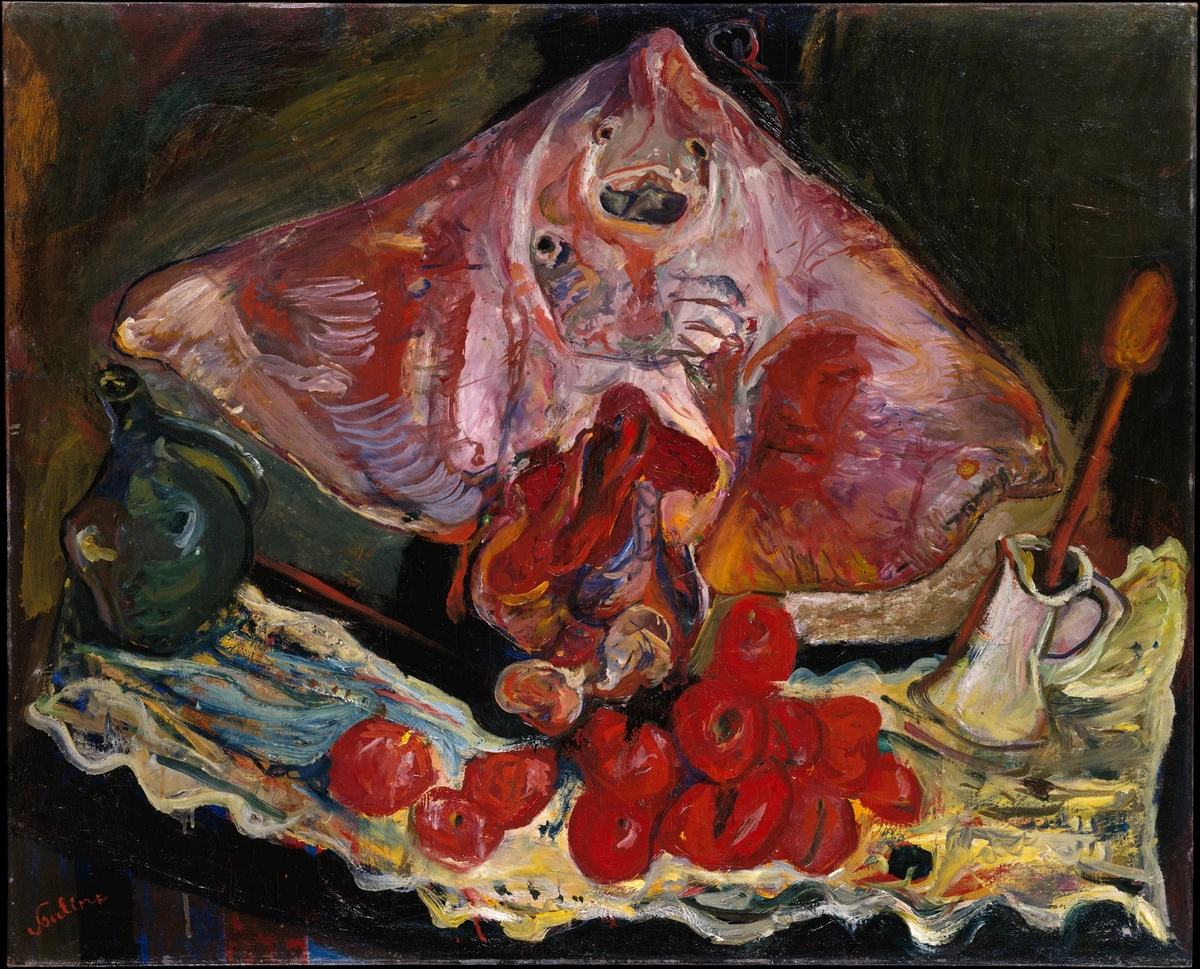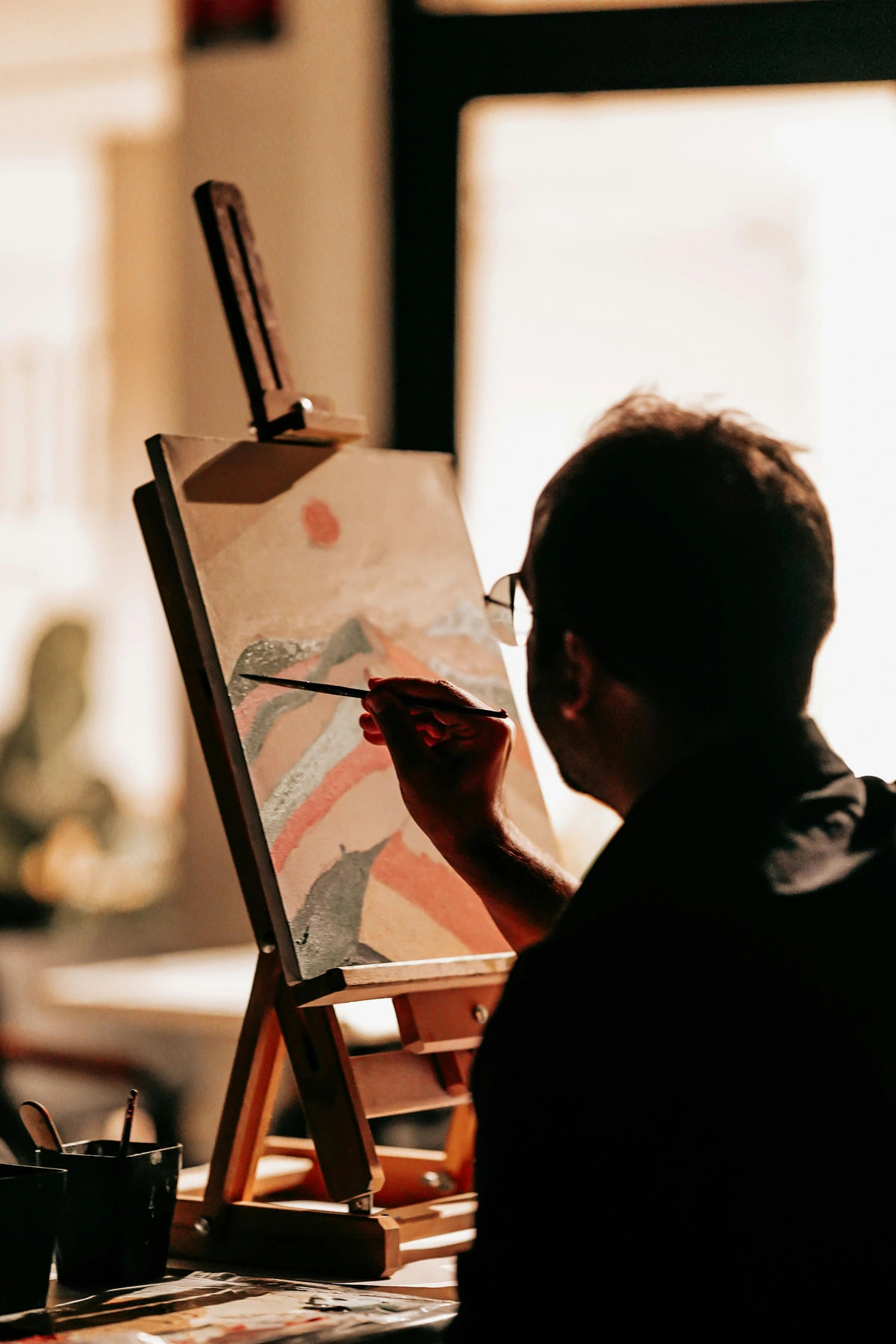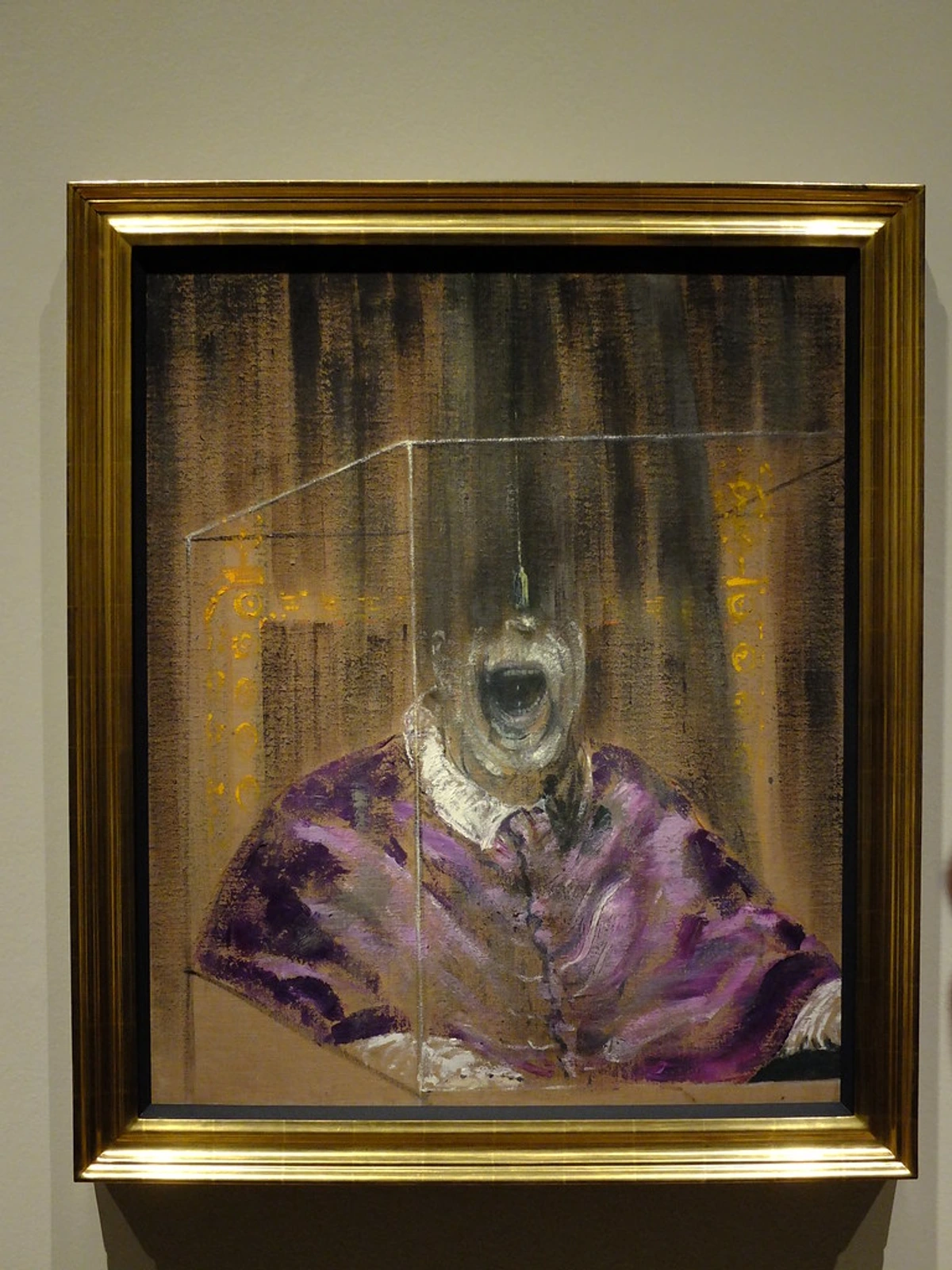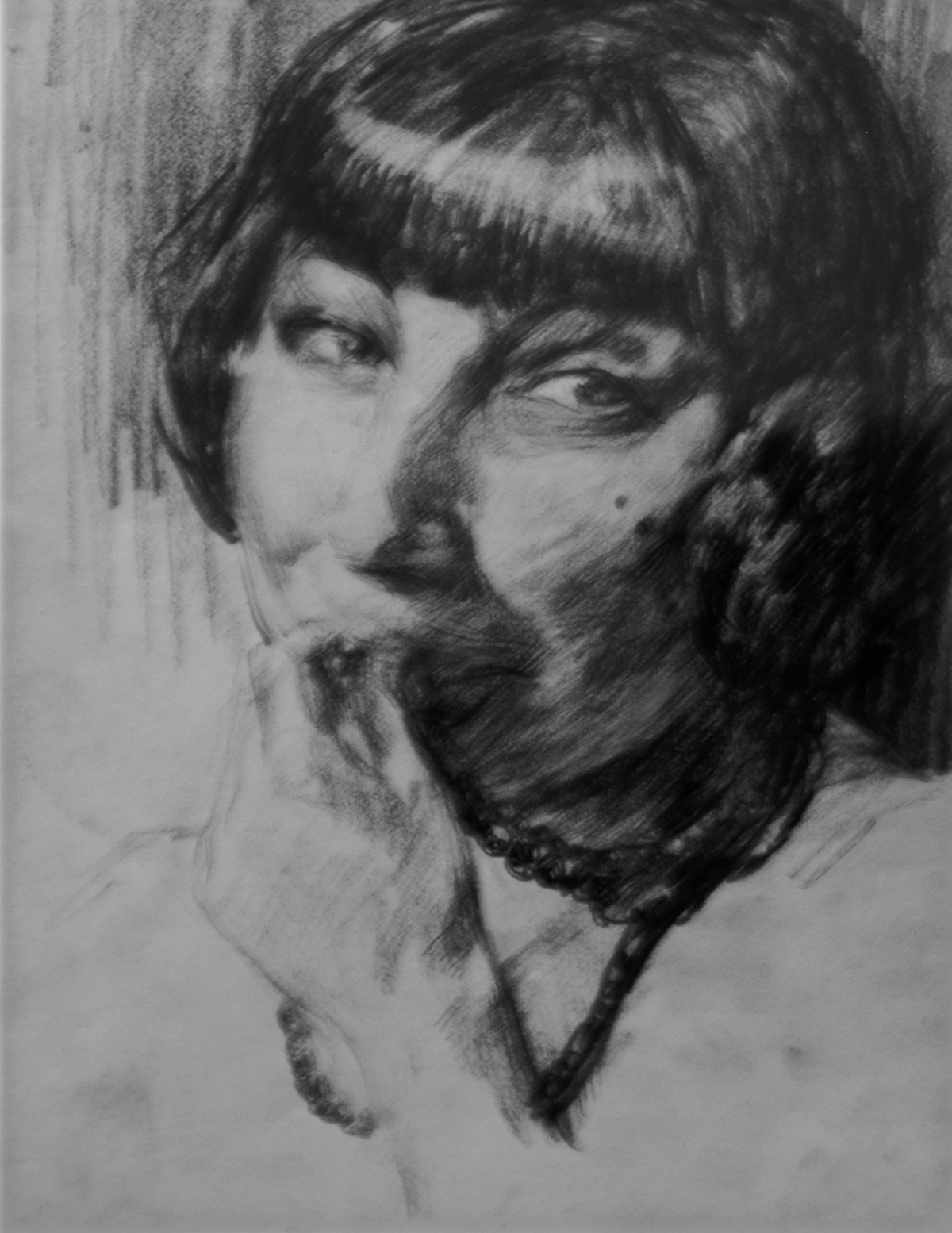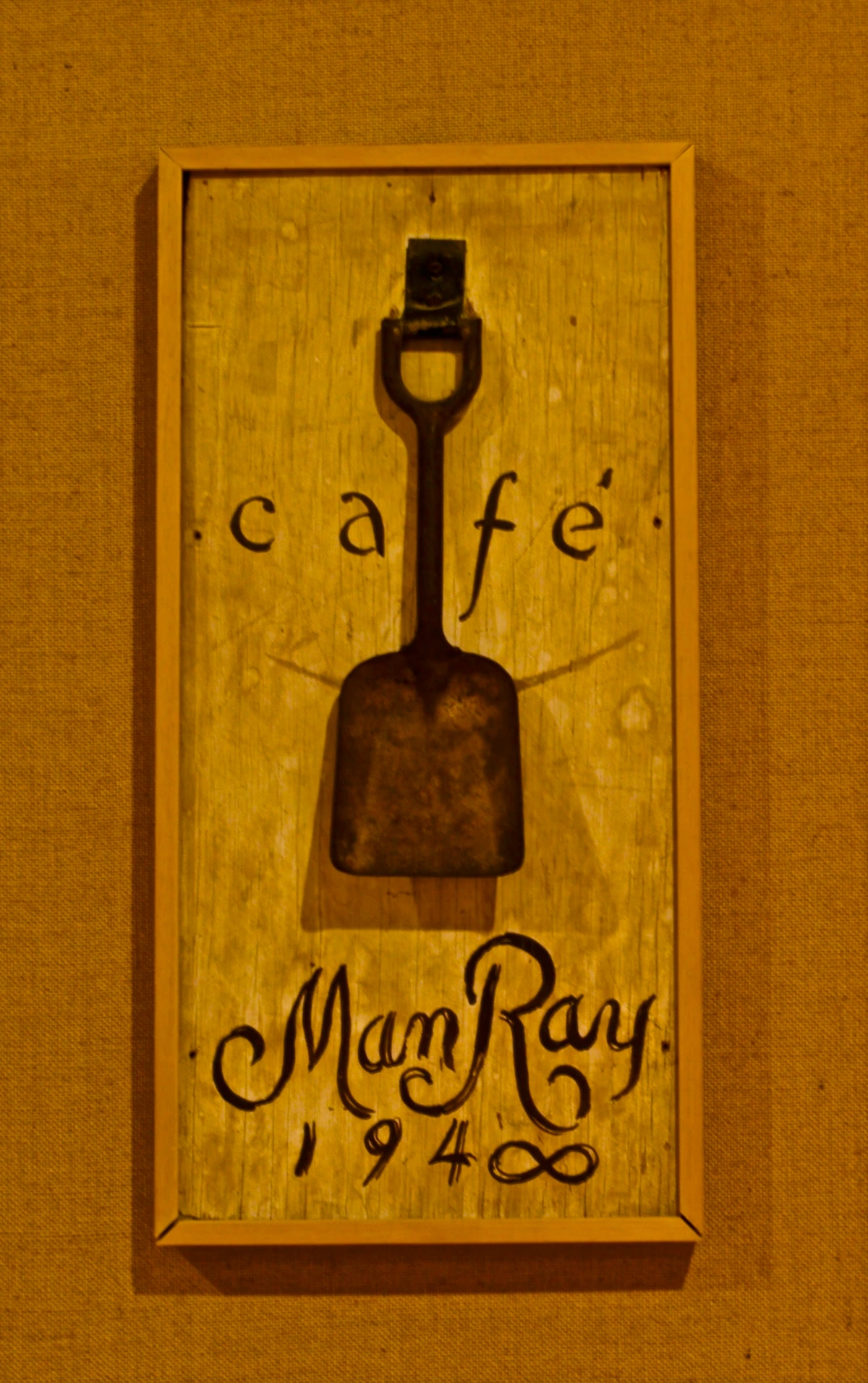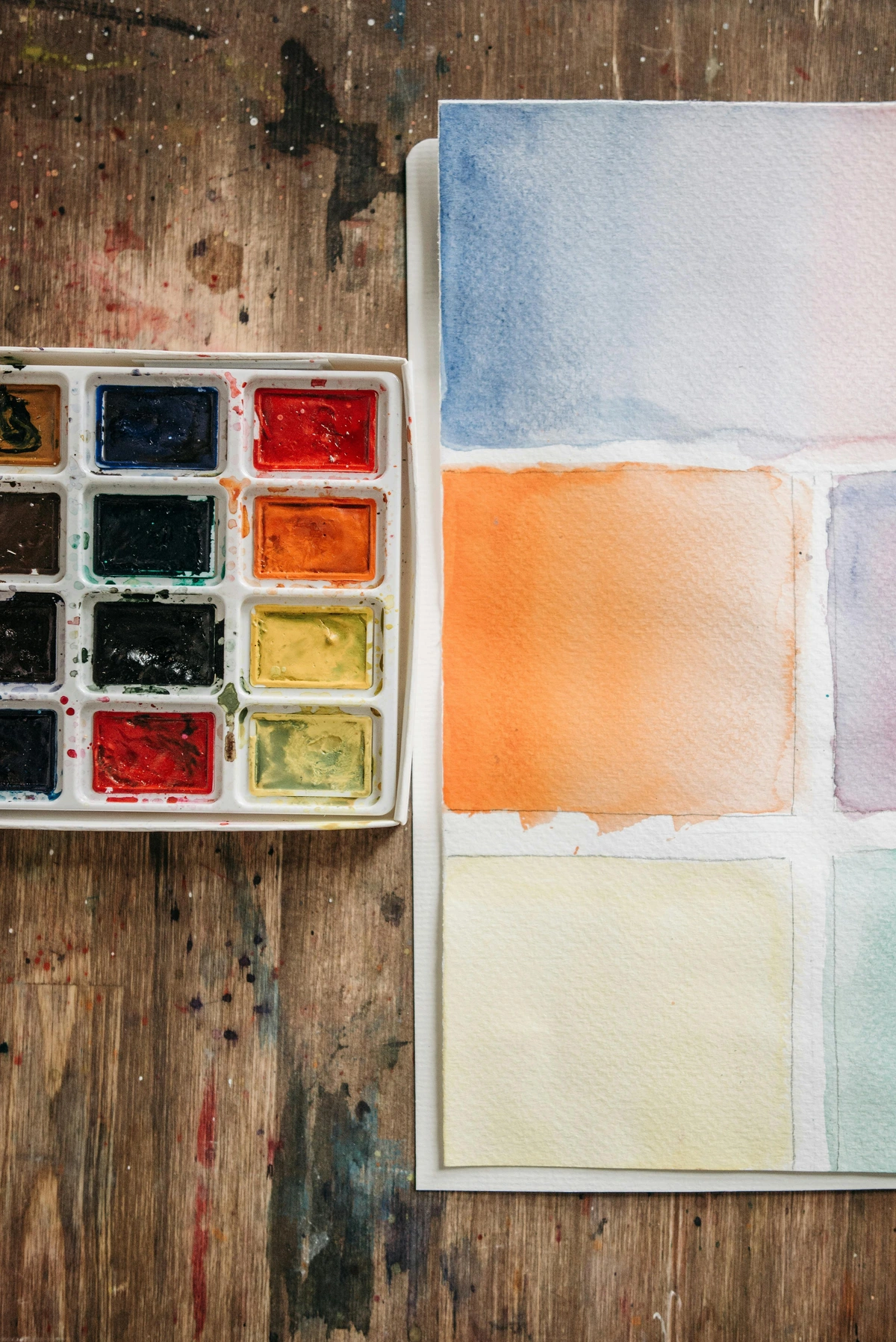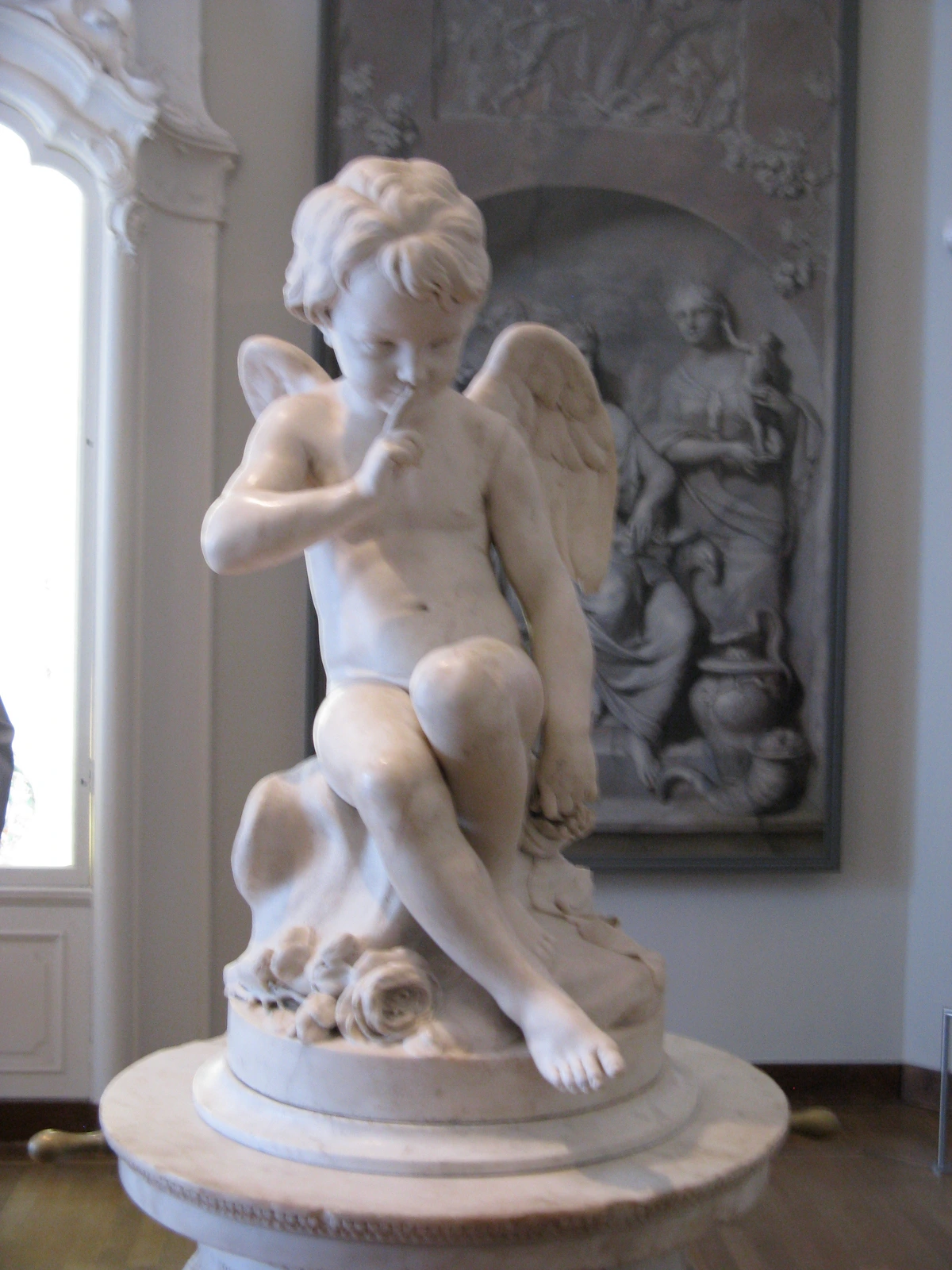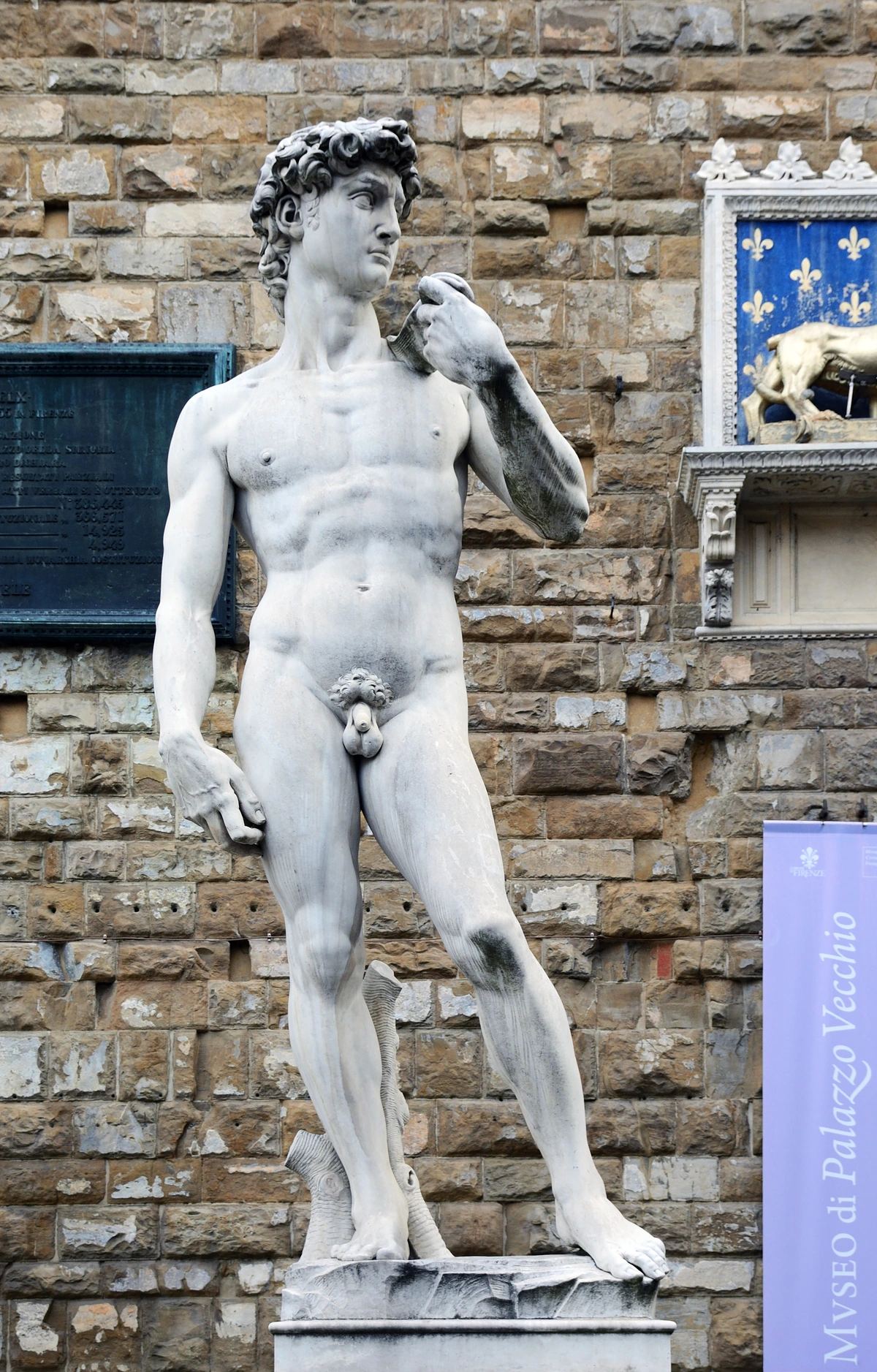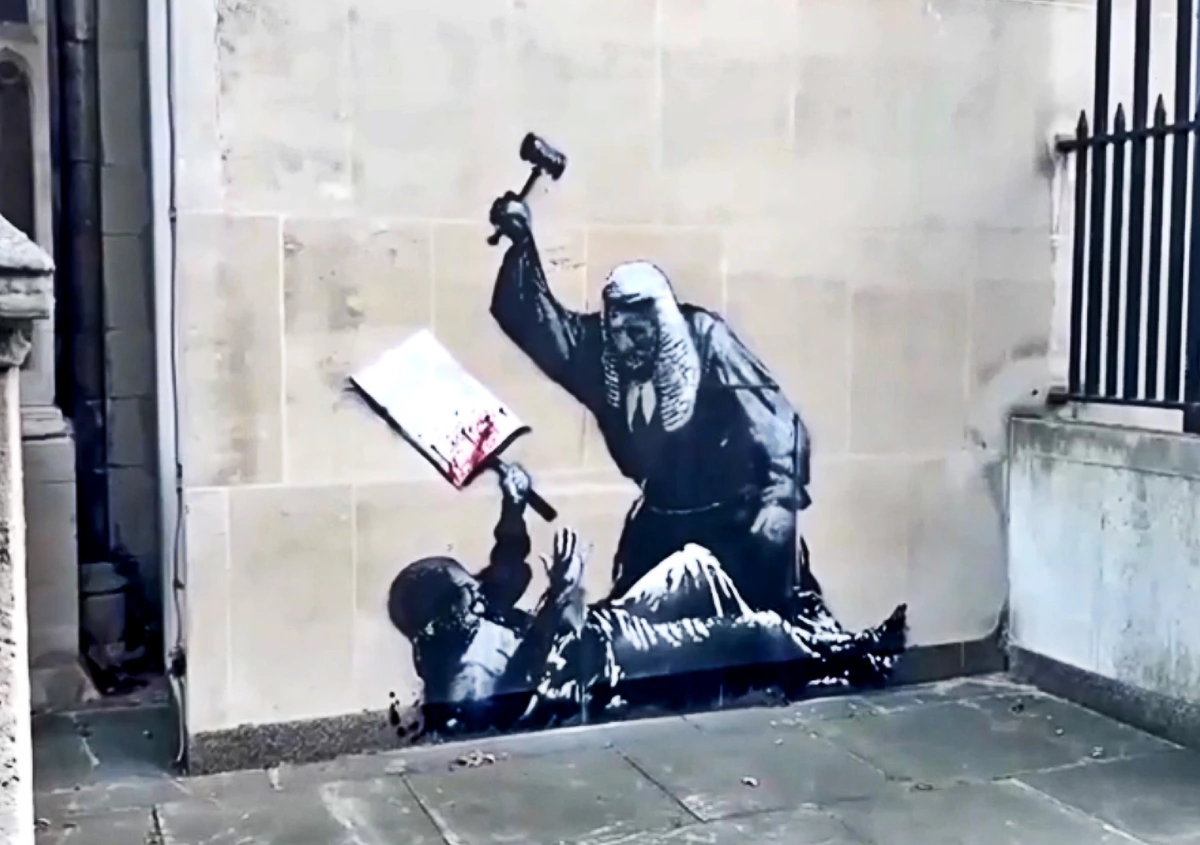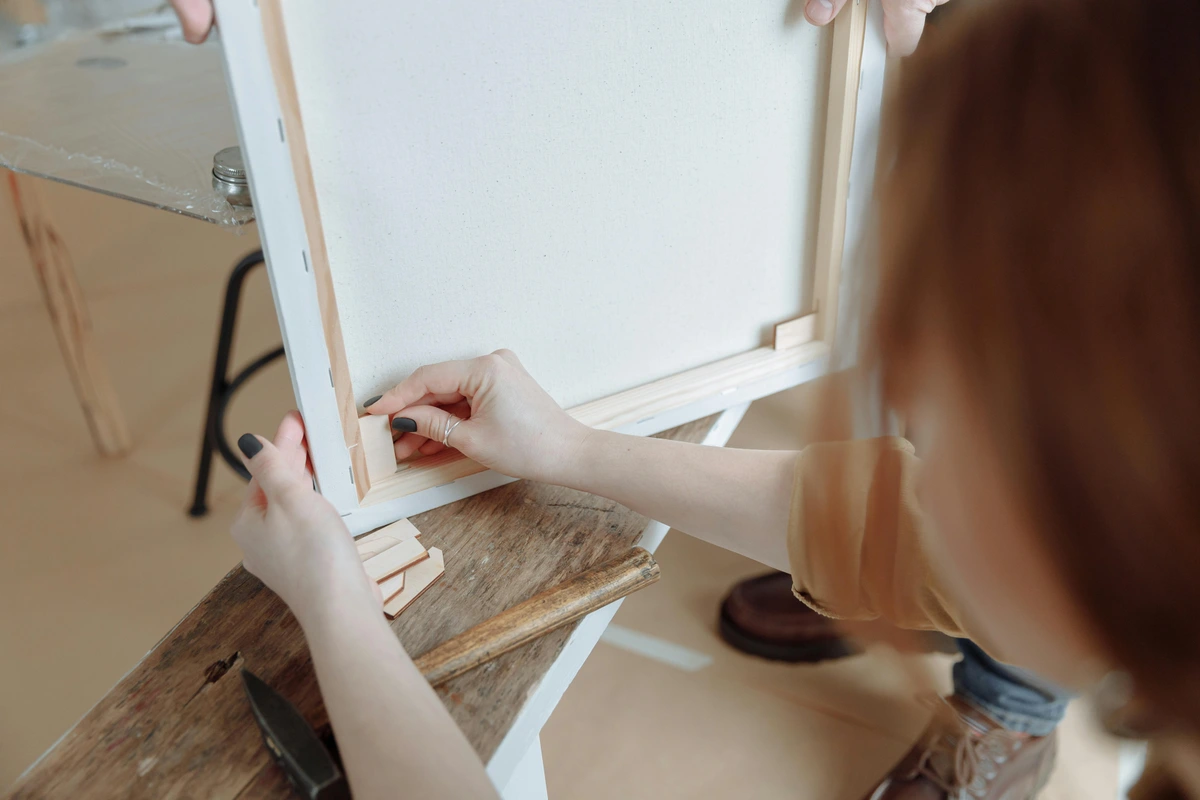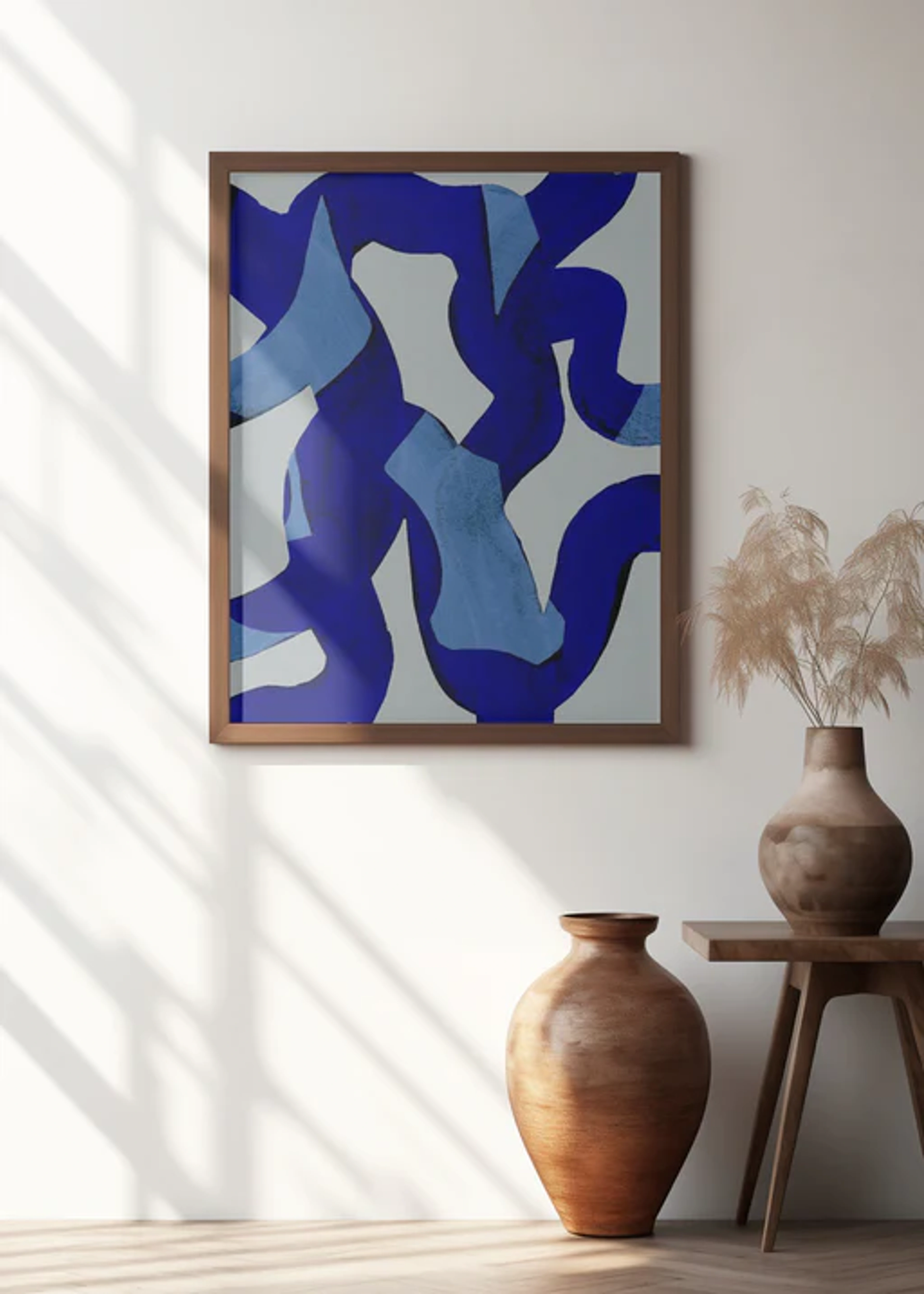
Your Personal, Quirky Guide to Buying Art (For Beginners)
Feeling intimidated by buying art? This personal, quirky guide from an artist covers where to find art, how to look at it, setting a budget (including layaway!), care tips, and addressing common worries like fakes. Find pieces that truly speak to you.
Your Personal, Slightly Quirky Guide to Buying Art
Let's be honest. Walking into an art gallery or browsing online can feel a bit... intimidating, right? Like everyone else knows some secret handshake or speaks a language you haven't learned yet. I get it. I've been there. I still remember walking into a sleek, minimalist gallery for the first time, feeling like my sneakers were screaming and I might accidentally touch something priceless. As an artist myself, I've seen the art world from both sides – the messy studio floor and the slightly-too-quiet gallery space. And I'm here to tell you: buying art should be a joy, not a chore.
This isn't about turning you into a high-roller collector overnight (though hey, if that happens, send me a postcard!). It's about finding pieces that speak to you, that make your space feel more like yours, and maybe, just maybe, supporting someone who poured their heart into making something beautiful.
So, let's ditch the stuffiness and figure out how to bring some awesome art into your life. Forget the pressure, the jargon, the feeling that you should like something just because it's famous. This is about connecting with something visual on a personal level. Ready?
Why Even Bother Buying Art?
Beyond the obvious aesthetic appeal – you know, making your walls look less bare than a minimalist's fridge – buying art taps into something deeper. It's not just decoration; it's about enriching your life and your space in ways you might not have considered.
Think about it: that blank wall? It's a missed opportunity! Adding a piece of art can instantly transform a room. A vibrant abstract painting can inject energy into a living room. A calming landscape print might make your bedroom feel like a true retreat. It's like giving your home a personality transplant, reflecting your taste and story. (Decorating your home just got way more interesting, right?)
Art also has this incredible power to shift your mood. I know, it sounds a bit woo-woo, but it's true. Walking past a piece that resonates with you every day can genuinely lift your spirits. It can be a splash of colour on a grey morning or a thought-provoking image that sparks a moment of reflection. As an artist, I pour emotions and ideas into my work; knowing that piece might bring a moment of joy or contemplation to someone else's day? That's pretty powerful stuff.
And let's not forget the conversation-starting potential. That quirky sculpture you found at a local fair? The abstract piece that makes everyone tilt their head? They're instant icebreakers. They invite questions, interpretations, and connections – not just with guests, but with the art itself and the artist behind it. Every piece has a story, and by bringing it into your home, you become part of that narrative.
Buying art is also a fantastic way to support local communities and economies. When you buy directly from a local artist or at a neighborhood market, you're not just getting a piece of art; you're investing in a person's passion and livelihood, helping to keep creativity alive in your area. For me, knowing a piece I made found a home and supports my ability to keep creating? That's everything.
Oh, and while we're being honest, yes, art can appreciate in value over time. Is that the main reason to buy? Probably not for your first piece, or even your tenth, unless you're diving deep into the investment world (which is a whole other kettle of fish, maybe for another guide like Art as an Investment?). But finding a piece you love that also happens to increase in value? That's a pretty sweet bonus, like finding an extra fry at the bottom of the bag. It's more about supporting artists and enriching your life, but hey, a little potential upside never hurt anyone.
Ultimately, buying art is a unique form of self-expression. It's curating your own personal museum, a collection of pieces that reflect your journey, your passions, your quirks. It's a way to support creativity and bring a little bit of someone else's soul into your everyday existence. And honestly? That feels pretty good.
How to Look at Art (Especially the Weird Stuff)
Okay, so you're standing in front of a canvas. Maybe it's a hyper-realistic portrait that makes you feel awkward, or maybe it's just... blobs of paint. How do you even begin to 'look' at it? The secret? There's no secret handshake. There's no right or wrong way.
Forget trying to understand what the artist meant right away. (Sometimes, even we aren't entirely sure until much later!). Start with how it makes you feel. Does it evoke a memory? A colour you love? Does it make you feel calm, anxious, curious, confused? All valid responses!
Especially with abstract or contemporary art, try to let go of the need to 'figure it out'. Think of it like listening to instrumental music. You don't need lyrics to feel something, right? Look at the colours – how do they interact? Do they clash or harmonize? (How Artists Use Color is a rabbit hole!). Look at the textures – is it smooth, rough, layered? Follow the lines or shapes. Do they lead your eye somewhere? What about the composition? Does it feel balanced or chaotic? (You can learn a bit about composition basics if you're curious, but it's not required homework!)
I remember seeing a piece once that was just a single, slightly wobbly line across a huge canvas. My first thought was, "Seriously? That's it?" But the longer I looked, the more I saw the intention behind the wobble, the subtle variations in the line's thickness, the way it interacted with the vast emptiness around it. It wasn't about the line itself, but the space, the gesture, the courage to put just that one line there. It made me think about minimalism, about saying a lot with a little. (Minimalist art can be like that – deceptively simple.)
Or take Expressionism. Think Edvard Munch's "The Scream." It's not about perfect anatomy; it's about raw, visceral emotion. When you look at an Expressionist piece, ask yourself: What feeling is this trying to convey? What do the colours and brushstrokes feel like? Are they angry, sad, joyful, chaotic?
Mixed media art, where artists use all sorts of materials, is another fun one. You get to play detective! What did they use? How did they put it together? Does the texture of that found object change how you feel about the painted part next to it? It's a feast for the eyes and the brain.
After you've had your initial, personal reaction, then you might look up the artist's background or read their statement. This can add fascinating layers of context and appreciation, revealing intentions or stories you didn't see initially, but it shouldn't dictate your first gut feeling. Your connection is paramount.
The point is, approach art with curiosity, not judgment. Let it wash over you. Your personal reaction is the most important thing. Trust your gut feeling. If a piece makes you stop, think, or feel anything, it's doing its job.
Where to Find Your Treasure (And Not Get Lost)
Okay, you're ready to take the plunge. But where do you even go? The art world can seem like a maze, but there are plenty of entry points, each with its own vibe.
Art Galleries
Ah, the classic. Walking into a gallery can still feel a bit formal, but most gallerists are genuinely passionate and happy to talk about the art. Don't be afraid to ask questions! That's what they're there for. Galleries often represent specific artists, so it's a great way to see a body of work and learn about the artist's practice. (What is an Art Gallery? might help demystify things.)
The Upsides:
- High-quality presentation, knowledgeable staff, often represents established or serious emerging artists.
- You get to see the art in person.
- They handle authenticity and provenance.
The Downsides:
- Can feel intimidating.
- Prices might be higher (though not always!).
- Less variety than online.
Tips for Visiting:
- Visit during opening hours, not just events.
- Take your time.
- If you like something, ask for the price list (it's totally normal!).
- Don't feel pressured to buy. Just say you're looking and learning. (Negotiating art prices is sometimes possible, but maybe save that for later.)
Ready to explore beyond the traditional white cube?
Online Platforms
The internet has blown the art world wide open. Websites dedicated to selling art offer everything from prints to originals, from big names to emerging artists. It's convenient, offers huge variety, and you can browse in your pajamas. (Buying art online has its own quirks, though.)
The Upsides:
- Massive selection, easy to compare prices, convenient browsing.
- Often more affordable options like art prints.
- Great for discovering artists worldwide.
The Downsides:
- You can't see the art in person (colour and texture can look different!).
- Authenticity needs careful checking (especially on marketplaces).
- Shipping can be tricky.
Tips for Browsing Online:
- Buy from reputable platforms.
- Read artist bios and descriptions carefully.
- Check return policies.
- Look for high-resolution images.
- Don't be afraid to contact the seller with questions.
If you prefer a more direct connection...
Artist Studios & Open Houses
Want to go straight to the source? Many artists open their studios to the public periodically. This is a fantastic way to meet the creator, see where the magic happens (my studio is usually a glorious mess, just saying!), and understand their process. Buying directly often means a better price for you and more money going directly to the artist. (Buying Art From Local Artists is a great way to start.)
The Upsides:
- Direct connection with the artist.
- See their workspace and understand their process.
- Potentially better prices.
- Supporting the artist directly.
- You get the story straight from the horse's mouth.
The Downsides:
- Less formal than a gallery.
- Might feel awkward if you don't buy.
- Selection is limited to that artist.
Tips for Visiting Studios:
- Follow local artist groups or art councils.
- Check social media.
- Go with an open mind.
- Ask about their inspiration, techniques, and journey (my own timeline is a bit of a rollercoaster!).
Looking for something more lively?
Art Fairs & Local Markets
Art fairs, from huge international events to small local pop-ups, are buzzing with energy. You can see tons of art from many different artists or galleries in one place. Local markets or festivals are great for finding more affordable, unique pieces directly from creators in your community. (Visiting art fairs can be overwhelming, but fun!)
The Upsides:
- Huge variety in one location (fairs).
- Direct artist interaction (markets).
- Lively atmosphere.
- Great for browsing and discovering.
The Downsides:
- Can be overwhelming (fairs).
- Quality varies widely (markets).
- Might need to make quick decisions.
Tips for Navigating Fairs & Markets:
- Wear comfy shoes!
- Go with a general idea of what you're looking for but be open to surprises.
- Talk to the artists.
- Collect business cards.
- Don't be afraid to ask about pricing or payment plans.
And don't forget some less obvious spots...
Unexpected Places
Sometimes the best finds are where you least expect them. Keep an eye out for art hanging in local cafes, restaurants, or small businesses. Pop-up shows in temporary spaces are increasingly common and offer a chance to see cutting-edge work. University or art school student shows are fantastic places to find unique, affordable pieces and support the next generation of artists. You might even stumble upon something amazing at a charity auction or a local craft fair.
The Upsides:
- Often very affordable.
- Discover truly unique and local talent.
- Less pressure than traditional venues.
- Supports emerging or less-represented artists.
The Downsides:
- Quality can vary significantly.
- Less formal documentation or provenance.
- Might require more digging to find.
Tips for Unexpected Finds:
- Keep your eyes open everywhere you go!
- Follow local arts organizations and community boards online.
- Don't be afraid to ask the business owner or organizer about the artist.
- Trust your gut – if you love it, that's what matters.
Budgeting for Beauty (It Doesn't Have to Break the Bank)
Okay, let's talk money. This is where a lot of people freeze up. How much should you spend? The answer is simple: whatever you're comfortable with. Art exists at every price point.
- Prints & Posters: You can find beautiful, high-quality prints or posters for anywhere from $20 to a few hundred dollars. This is a fantastic way to start building a collection and get art you love on your walls without a huge investment. Look for limited edition prints for something a bit more special. (Understanding limited edition prints helps here.)
- Emerging Artists: Buying from artists early in their careers is often more affordable. You might find small original paintings, drawings, or sculptures for a few hundred to a few thousand dollars. This is where your personal connection and belief in the artist really come into play. (Spotting emerging artists worth collecting is a skill!) My own art for sale includes pieces at various price points, from prints to originals.
- Mid-Career & Established Artists: Prices here can range from several thousand to much, much higher. This is where galleries often come in, and provenance starts to become more critical. If you're looking at this level, doing a little research on the artist is a good idea.
Setting Your Budget: Don't feel pressured by what you think art costs. Decide what you can realistically afford and stick to it. You can find incredible pieces at local markets or online for under $100, or save up for a few years for that dream piece. It's your journey. Don't be afraid to ask about payment plans or layaway – many galleries and artists offer them, making a higher-priced piece more accessible over time.
Bringing It Home: Framing, Hanging, and Care
So you did it! You bought a piece you love. High five! Now what? Getting it home and onto your wall requires a little thought, and maybe a level.
Framing
Framing isn't just about making art look pretty; it's about protecting it. A good frame and mat can elevate a piece and ensure it lasts. Different types of art need different framing approaches.
- Prints & Photos: Often need mats to keep the art from touching the glass. UV-protective glass is a good idea to prevent fading.
- Works on Paper (Drawings, Watercolors): Always need acid-free mats and backing to prevent damage over time. Why acid-free? Because regular paper and cardboard contain acids that can yellow and degrade your artwork over the years. UV glass is highly recommended.
- Paintings (Canvas): Can be framed with or without glass. If unframed, ensure the edges are finished. Floating frames are popular for contemporary canvases.
Going to a professional framer is usually worth it, especially for original pieces. They can advise on the best materials and styles to protect and showcase your art. (The ultimate guide to framing can give you more details.)
Hanging
This sounds simple, but getting it right makes a huge difference. Hang art at eye level – generally, the center of the artwork should be about 57-60 inches (145-152 cm) from the floor. This is a standard gallery height for a standing viewer, but feel free to adjust based on your ceiling height, furniture placement, or personal preference. If hanging above furniture, leave enough space (6-8 inches) so it doesn't feel cramped. Consider the scale of the room and the wall. A small piece can get lost on a huge wall, and a massive piece can overwhelm a tiny space. Don't be afraid to arrange multiple pieces in a gallery wall! (How to decorate a wall has more tips.) And yes, sometimes hanging things straight is a two-person job, or requires a laser level and a healthy dose of patience (ask me how I know).
Basic Care & Authenticity
Once it's on the wall, a little basic care goes a long way. Keep art out of direct sunlight, which can cause fading. Avoid hanging delicate pieces in high-humidity areas like bathrooms (unless specifically made for it, like bathroom art). Dust gently with a soft brush or cloth. For more specific cleaning, especially for paintings, consult a professional. (Art care 101 is your friend here.)
Authenticity and provenance (the history of ownership) matter, especially as you move towards higher-value pieces. For your first few pieces, especially from living artists or reputable platforms, a signed certificate of authenticity is usually sufficient. If you're buying something older or more valuable, provenance becomes more important – it helps confirm the artwork is genuine and tracks its history. Don't be shy about asking for documentation when you buy. As your collection grows, you might also consider insuring your artwork, especially if you have pieces of significant value.
What If...? Addressing Common Worries
It's totally normal to have jitters before buying art. Here are a few common ones I hear (and have felt myself!):
- "What if I don't like it later?" It happens. Your taste evolves. That's okay! Art is part of your journey. A piece you loved initially might mean something different years later, or your connection to it might deepen in unexpected ways. You can always move it to a different room, store it, or even sell it later (though resale can be tricky unless it's a well-known artist). Think of it as a chapter in your home's story, not a lifetime commitment.
- "How do I know if it's 'good' art?" Ah, the million-dollar question! Forget what critics say or what's 'trendy'. What makes art "important"? is subjective. For your home, 'good' art is art that you connect with, that makes you feel something, that you enjoy living with. Trust your own eye and your own feelings. That's the only criteria that matters for your personal collection.
- "Am I allowed to negotiate?" In some contexts, yes! In galleries, it's sometimes possible, especially if you're buying multiple pieces or if it's near the end of a show. At art fairs or directly from artists, there might be a little more flexibility, especially for smaller pieces or if you're paying cash. However, don't expect huge discounts, and be respectful. The artist has put their heart and soul (and materials cost!) into the work. If you love it and can afford the asking price, that's a wonderful way to support them. If you can't, it's okay to say so and ask if there's any flexibility, but be prepared for them to say no. It's not like buying a used car!
- "What if I buy something fake?" This is a valid concern, especially with higher-value pieces or when buying from less traditional sources. This is where provenance (that history of ownership we talked about) and buying from reputable sources like established galleries, well-known online platforms, or directly from the artist become crucial. Do your research on the seller and the artist. If a deal seems too good to be true, it probably is. Don't hesitate to ask for documentation.
Ready to Start Your Collection?
Buying art doesn't have to be scary or exclusive. It's a deeply personal adventure, a way to bring beauty, emotion, and conversation into your space. Start small, explore different avenues – visit a local gallery, browse online, check out an art fair, or pop into a cafe exhibiting local work. Trust your instincts. What colours draw you in? What images make you pause? What stories resonate?
Your home is your sanctuary, your canvas. Fill it with pieces that make you happy, that challenge you, that simply make you feel more you. Don't wait for permission or a perfect understanding of the art world. Dive in. The art that's meant for you is out there, waiting to be found.
If you're curious about the kind of art that comes from my own slightly chaotic studio, feel free to browse my art for sale. Or, if you want to see the journey behind the brushstrokes, you can learn more about my journey as an artist. Happy hunting!

